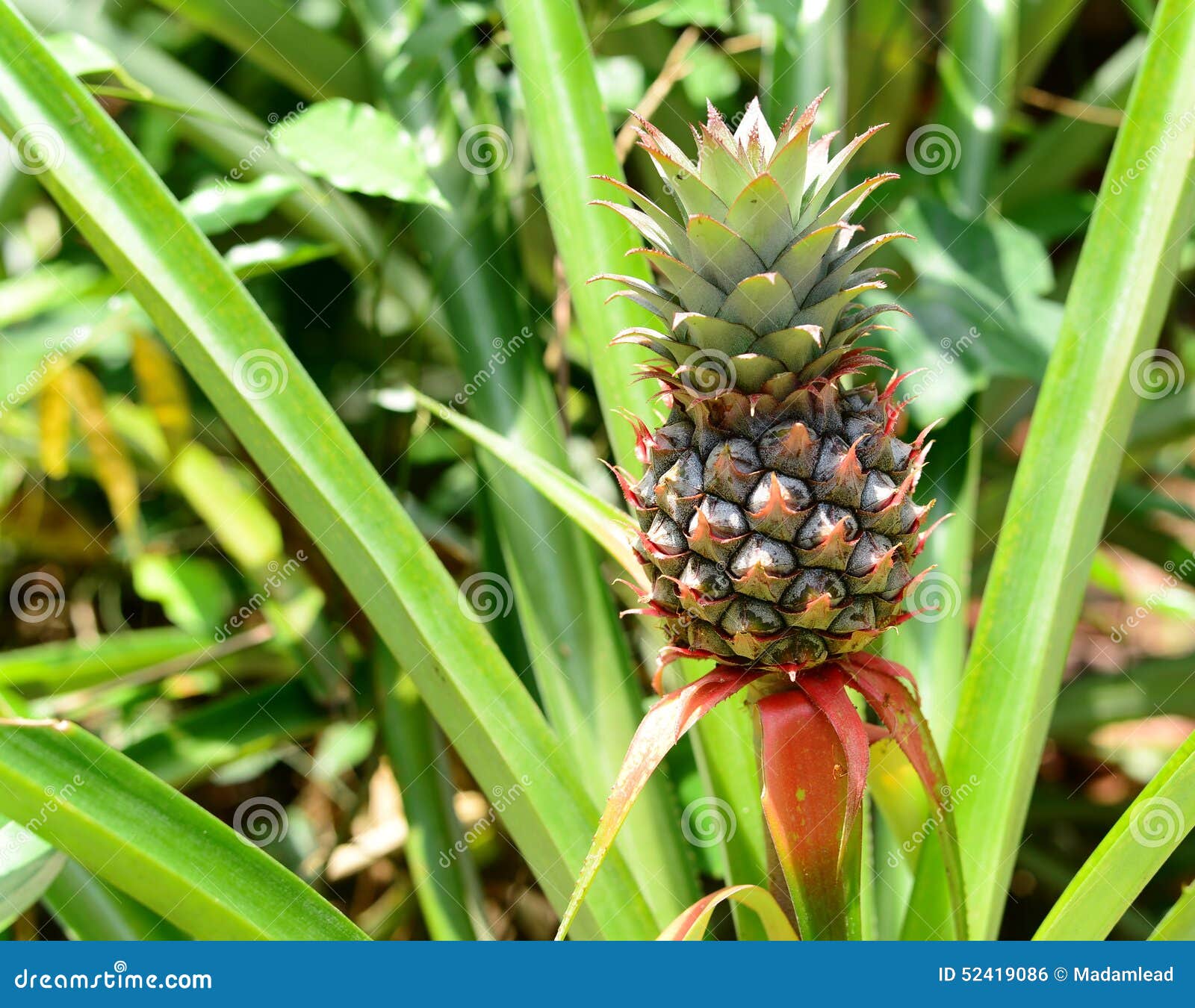In Hawaii you may come across unusual pineapple-looking fruits growing directly on tree trunks and branches. Known as hala fruits they are produced by Hawaii’s iconic hala trees. With their spiky, segmented exterior and pineapple-esque shape, hala fruits are an intriguing discovery for visitors unfamiliar with Hawaii’s flora.
What is the Hala Tree?
The hala tree also called screwpine or walking tree, is a versatile plant that holds deep cultural significance in Hawaii. With its umbrella-shaped canopy of long glossy leaves, the hala tree can grow up to 50 feet tall. One of its most distinctive features are the stilt-like “prop roots” that extend down from the trunk to help anchor the tree in place.
The hala is highly valued in Hawaiian culture, with many practical uses, spiritual meanings, and folklore associations. Lauhala, the leaves of the hala, are traditionally woven into mats, baskets, hats and more.
The Pineapple-Looking Hala Fruit
Growing directly on the trunk and older branches of the hala tree are its curious fruits. Hala fruits can weigh over 10 pounds and consist of up to 150 segments fused together.
Resembling an oversized pinecone or spiky pineapple, the hala fruit is technically not a true pineapple, though it shares some visual similarities. Its scientific name “Pandanus tectorius” hints at this connection.
Each fruit contains dozens of stubby seeds embedded within the segments. The seeds play an essential role in propagation and dispersal.
Uses and Taste of Hala Fruit
While edible, hala fruit is not commercially grown as food. However, some Pacific Islanders occasionally consume very ripe fruits, after extensive preparation to render the flesh palatable.
The taste is described as nutty, savory or starchy. The raw fruit is astringent with an unpleasant turpentine-like flavor. Extensive cooking or fermentation is required to make it edible.
In Hawaii, hala fruits are sometimes incorporated into lei, garlands of flowers or plant materials. They take on a reddish-orange hue when ripe.
Where to See Hala Trees and Fruits in Hawaii
Hala trees dot the landscape across the Hawaiian Islands. They are especially prominent near beaches but also grow farther inland.
When strolling along coastal areas, look for hala’s distinctive prop roots and umbrella-shaped canopy. Scan the trunk and older branches for spiky hala fruits in various stages of ripeness.
Hala trees are common on Maui and Kauai. Popular spots to view them include Hana Highway, Waimea Canyon, and Poipu Beach Park.
An Iconic and Versatile Hawaiian Plant
The hala tree is deeply interwoven into Hawaiian culture, with many roles and meanings. For visitors, the curious hala fruit is an intriguing example of nature’s creativity. While not a culinary delicacy, they remain a unique marker of Hawaii’s flora.
Next time you come across hala fruits seemingly growing on a pineapple tree, you’ll know the story behind these unusual yet iconic plants of the Pacific!
common NameScrewpine, pineapple tree, walking tree
The Hawaiian Culture and Botanical Plant Tour at Maui Ocean Center is a great way to see the rich tapestry of Hawaiian biodiversity.
Embark on a multi-sensory experience, today!
HOW TO CREATE A FRUIT PALM TREE DISPLAY. www.thefruitartist.com for more FREE lessons
FAQ
What fruit grows on trees look like pineapple?
What is the fruit that resembles a pineapple?
Can you eat hala fruit?
What does a screwpine fruit taste like?
Do Pineapples grow on trees?
Pineapples don’t grow on trees, even though fruit typically grows on trees. Pineapples are juicy, tropical fruits that grow on shrubby plants close to the ground. Each pineapple plant only grows one pineapple at a time. After producing its fruit, the leafy shrub dies.
What is the fruit of a pineapple plant?
The fruit of a pineapple plant is also incredibly unique. The pineapple fruit is actually a multiple fruit, which means that it is made up of many individual flowers that have fused together. Each of these flowers produces a small fruit that fuses with other fruits to form a single large fruit, the pineapple.
How do pineapple leaves grow?
Once the pineapple crown has developed roots, it will begin to focus on growing leaves. During this stage, new leaves emerge from the center of the crown and gradually grow longer and wider. These leaves play a vital role in photosynthesis, enabling the plant to produce food and energy for growth.
Can you grow a pineapple from a fruit?
You can also grow a pineapple from the fruit itself – just cut off the spiky top, remove the lower leaves to reveal a stem, and allow this to dry out for a day or so. Then place it in a pot of compost and water in well. If your pineapple plant is dying back after it has fruited, this is normal.
- A Complete Guide to Caring for Yuki Cherry Blossom Shrub - January 23, 2025
- Identifying Red Hot Poker Seeds: What to Look For When Harvesting Torch Lily Pods - January 23, 2025
- A Complete Guide to Harvesting Evening Primrose Seeds - January 23, 2025

